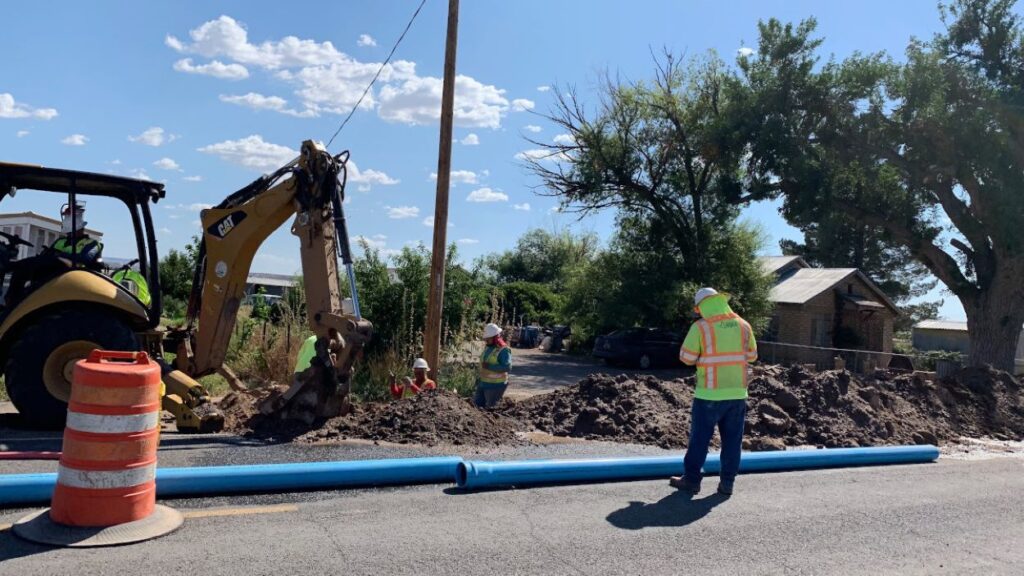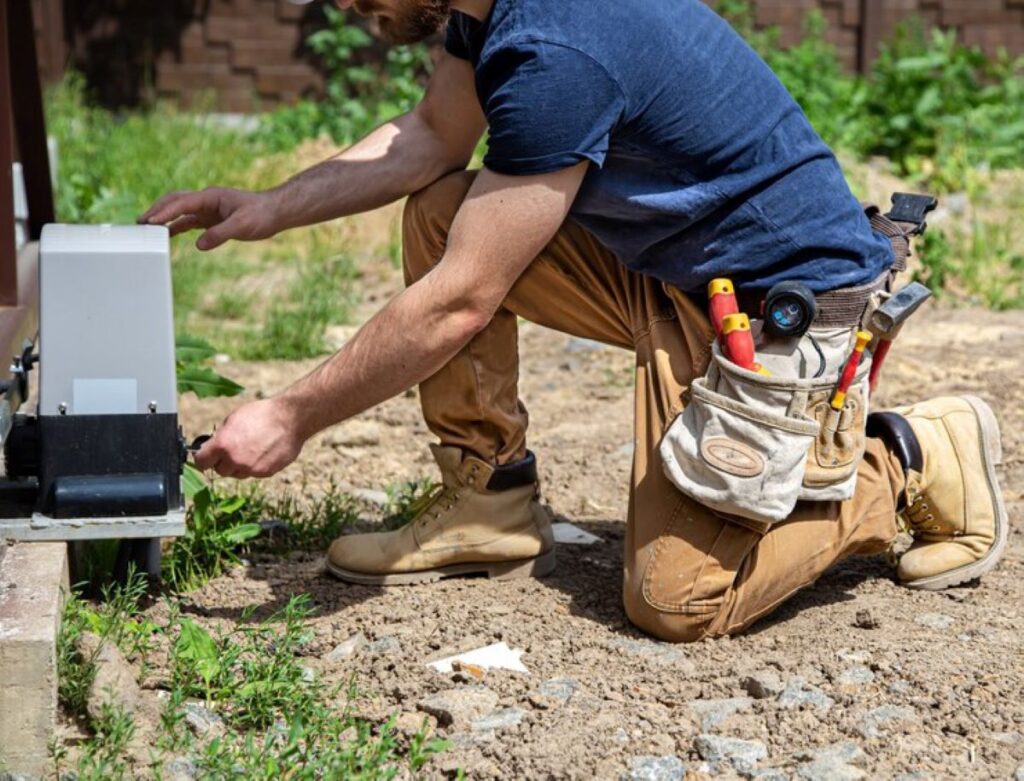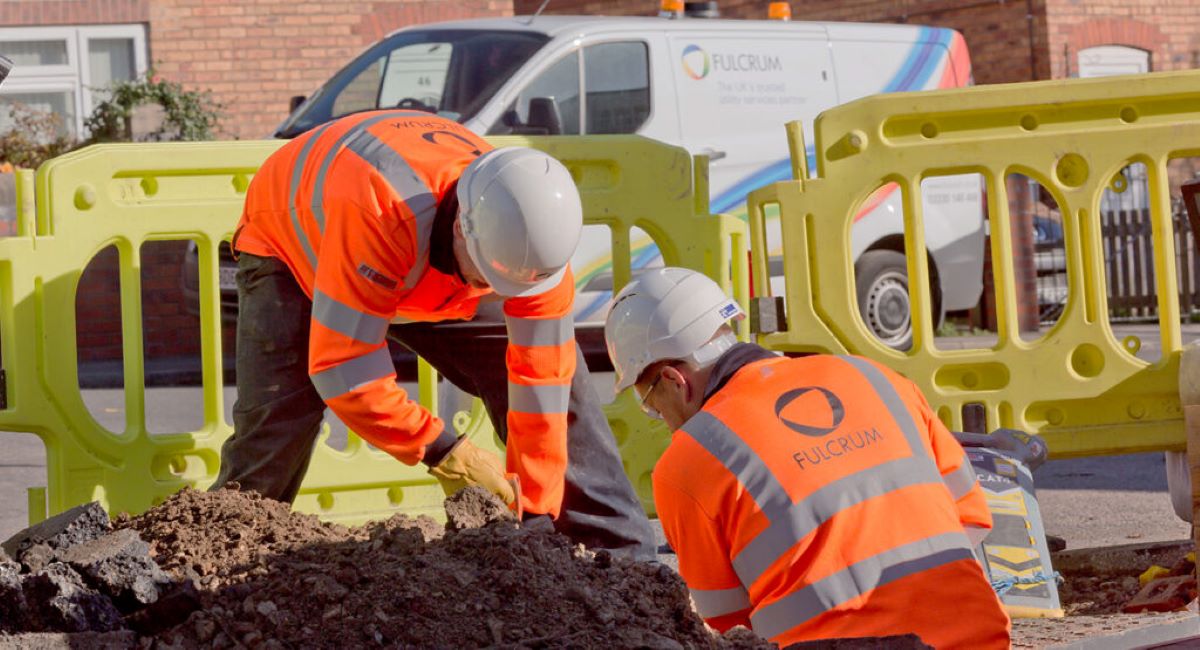A Guide to Utility Solutions for Construction and Infrastructure
In the ever-evolving landscape of construction and infrastructure development, the integration of utility solutions has become paramount. These solutions not only enhance operational efficiency but also contribute to sustainable practices. This guide delves into the critical aspects of utility solutions, offering insights into their importance, components, and future trends.
Understanding Utility Solutions in Construction
Utility solutions encompass a broad range of services and technologies that support the infrastructure within construction projects. They are integral to the planning, execution, and maintenance phases of construction, ensuring that various utilities such as water, electricity, gas, and telecommunications are adequately managed.
At their core, utility solutions aim to provide reliable access to essential services, which is crucial for any construction project, whether residential, commercial, or industrial. As urban areas expand and rural areas develop, understanding the utility landscape becomes increasingly complex, necessitating a strategic approach to utility management. This complexity is compounded by the need to integrate sustainable practices, as modern construction increasingly prioritizes eco-friendly solutions that minimize environmental impact while maximizing resource efficiency.
The Role of Utility Solutions in Construction
Utility solutions play a significant role in ensuring that construction projects are executed smoothly and efficiently. They act as the backbone of a project, enabling the seamless integration of various services. From the initial design phase, where utility layouts are considered, to the construction phase, where installations are carried out, utility solutions are critical at every stage. For instance, early-stage planning often involves collaboration with utility providers to map out existing infrastructure and anticipate future needs, ensuring that the project aligns with community growth and development goals.
Moreover, they facilitate compliance with local regulations and standards, which is essential for project approval and sustainability. Their role extends beyond construction to maintenance, where ongoing utility management ensures service reliability and safety during the operational phase. This includes regular inspections and updates to utility systems, which can prevent costly disruptions and enhance the longevity of the infrastructure. Additionally, advancements in technology, such as smart grid systems and IoT devices, are revolutionizing how utilities are monitored and managed, allowing for real-time data collection and analysis that can lead to more informed decision-making.
Key Components of Utility Solutions
The key components of utility solutions include planning, installation, management, and optimization of utility systems. Each component is vital for the overall effectiveness of utility solutions in a construction project.
- Planning: Involves assessing the utility needs based on project specifications and local regulations. This stage often requires extensive research and stakeholder engagement to ensure that all potential challenges are identified and addressed early on.
- Installation: Focuses on the physical setup of systems such as water lines, electrical grids, and communication networks. Precision during this phase is critical, as improper installation can lead to significant delays and increased costs down the line.
- Management: Encompasses ongoing monitoring and maintenance to ensure optimal functionality. Effective management strategies can include predictive maintenance practices that utilize data analytics to foresee potential failures before they occur.
- Optimization: Involves analyzing utility use and implementing strategies to enhance efficiency and reduce costs. This might include the integration of renewable energy sources, such as solar panels or wind turbines, which not only lower operational costs but also contribute to a more sustainable construction approach.
By effectively managing these components, construction projects can achieve greater reliability and quality in their infrastructure. Furthermore, the growing emphasis on sustainability and resilience in construction means that utility solutions must also adapt to incorporate innovative technologies and practices that support long-term environmental goals, ultimately leading to smarter and more sustainable urban development.
Exploring Various Utility Solutions for Infrastructure
Utility solutions vary significantly based on the type of infrastructure being developed. Understanding these distinctions is crucial for developers looking to implement effective solutions tailored to their specific needs.
In both urban and rural settings, utility solutions need to address the unique challenges posed by their environments, including population density, existing infrastructure, and regulatory frameworks.
Utility Solutions for Urban Infrastructure
Urban infrastructure often faces challenges such as high population density, space constraints, and outdated utility systems. Effective utility solutions in urban areas may include smart grid technologies, advanced water management systems, and integrated communication networks.
Smart grids, for instance, enhance electricity distribution and usage efficiency by utilizing real-time data analytics. Additionally, urban areas are increasingly adopting green technologies such as rainwater harvesting and renewable energy sources to complement traditional utility systems. These innovations not only help in reducing the carbon footprint but also promote resilience against climate change impacts, ensuring that urban centers can adapt to future environmental challenges.
Moreover, urban utility solutions are increasingly incorporating IoT (Internet of Things) devices, which allow for better monitoring and management of resources. For instance, smart meters can provide detailed insights into energy consumption patterns, enabling both utilities and consumers to make informed decisions about energy usage. This data-driven approach not only optimizes resource allocation but also fosters a culture of sustainability among urban residents, encouraging them to engage in energy-saving practices.
Utility Solutions for Rural Infrastructure
In comparison, rural infrastructure typically deals with issues like limited access to utilities and expansive geographical areas. Utility solutions for rural settings often prioritize sustainability and cost-effectiveness, focusing on decentralized systems.
Examples include solar-powered water pumps, microgrids for electricity generation, and community-based waste management systems. These solutions not only improve utility access but also encourage local involvement in infrastructure development. By empowering communities to take charge of their utility needs, rural areas can foster a sense of ownership and responsibility, leading to more sustainable practices and long-term viability of these systems.
Additionally, rural utility solutions often leverage innovative financing models, such as pay-as-you-go systems, which make it easier for residents to adopt new technologies without the burden of upfront costs. This approach not only enhances accessibility but also stimulates local economies by creating jobs related to the installation and maintenance of these systems. As a result, rural communities can experience significant improvements in their quality of life, as reliable utilities become more integrated into their daily routines, paving the way for enhanced educational and economic opportunities.

The Importance of Effective Utility Management in Construction
Effective utility management is crucial for the success of construction projects. It ensures that projects remain on schedule and within budget while minimizing environmental impact and maximizing resource efficiency.
By implementing robust utility management strategies, construction companies can mitigate risks and enhance the reliability of their utility services, which is essential for maintaining public safety and infrastructure integrity.
Improving Efficiency with Utility Solutions
Efficiency is a significant concern in construction, and utility solutions contribute substantially to this goal. By employing advanced technologies such as Building Information Modeling (BIM), project managers can optimize utility planning and integration.
This proactive approach allows for real-time assessments of energy consumption, water use, and other utility-related metrics, leading to informed decision-making that enhances overall project efficiency. Furthermore, using data analytics can help identify areas needing improvement, fostering continuous optimization.
Reducing Costs with Utility Management
Cost reduction is an essential objective in construction, and effective utility management plays a pivotal role. By streamlining utility processes and reducing resource wastage, construction firms can save significantly on operational costs.
- Regular Maintenance: Implementing a regular maintenance schedule for utility systems can prevent costly repairs and outages.
- Energy Efficiency Programs: Utilizing energy-efficient systems saves money on utility bills and government incentives.
- Contract Negotiations: Strategic negotiations with utility providers can lower service costs.
By focusing on these aspects, construction companies can achieve substantial savings while also improving service quality.
Future Trends in Utility Solutions for Construction and Infrastructure
As technology advances and sustainability becomes a focal point, the landscape of utility solutions is evolving. Future trends indicate a shift towards smarter, more integrated systems that prioritize efficiency and environmental impact.
Technological Advancements in Utility Solutions
Technological advancements are reshaping utility solutions significantly. Artificial intelligence, smart meters, and IoT devices are being leveraged to improve the capacity and reliability of utility services.
For instance, AI can predict demand patterns, allowing for proactive management of resources. Moreover, smart meters provide real-time data to both consumers and utility providers, enhancing transparency and encouraging responsible consumption.
Sustainability and Utility Solutions
Sustainability remains at the forefront of construction and infrastructure discussions. Future utility solutions will likely incorporate sustainable practices that align with global efforts to create a greener planet.
From renewable energy sources to waste recycling systems, the focus will be on reducing environmental footprints while maintaining utility service quality. Sustainable utility solutions not only enhance community resilience but also cater to the growing consumer preference for environmentally friendly practices.
See Also : Why Surveying in Sydney is Crucial for Urban Development
Choosing the Right Utility Solutions for Your Project
Selecting appropriate utility solutions is vital for the success of any construction project. The choice should be informed by various factors, including project size, scope, location, and the specific needs of the community it serves.

Factors to Consider When Selecting Utility Solutions
When zeroing in on the right utility solutions, consider the following factors:
- Regulatory Compliance: Ensure solutions align with local regulations and standards.
- Scalability: Choose solutions that can adapt to potential project expansion.
- Cost-Efficiency: Evaluate the long-term costs versus initial investments to assess financial viability.
By addressing these aspects, project managers can make informed decisions that optimize utility solutions for their specific circumstances.
Evaluating the Effectiveness of Utility Solutions
Lastly, the effectiveness of the selected utility solutions must be regularly evaluated to ascertain their performance over time. Metrics to monitor include reliability, cost savings, and user satisfaction.
Through continual assessment, construction managers can identify areas for improvement, leading to enhanced performance and greater overall satisfaction among stakeholders.
In conclusion, understanding and effectively managing utility solutions is critical for contemporary construction and infrastructure projects. By staying informed of the latest trends and making data-driven decisions, construction firms can ensure successful outcomes that meet the needs of their communities while promoting sustainability.

